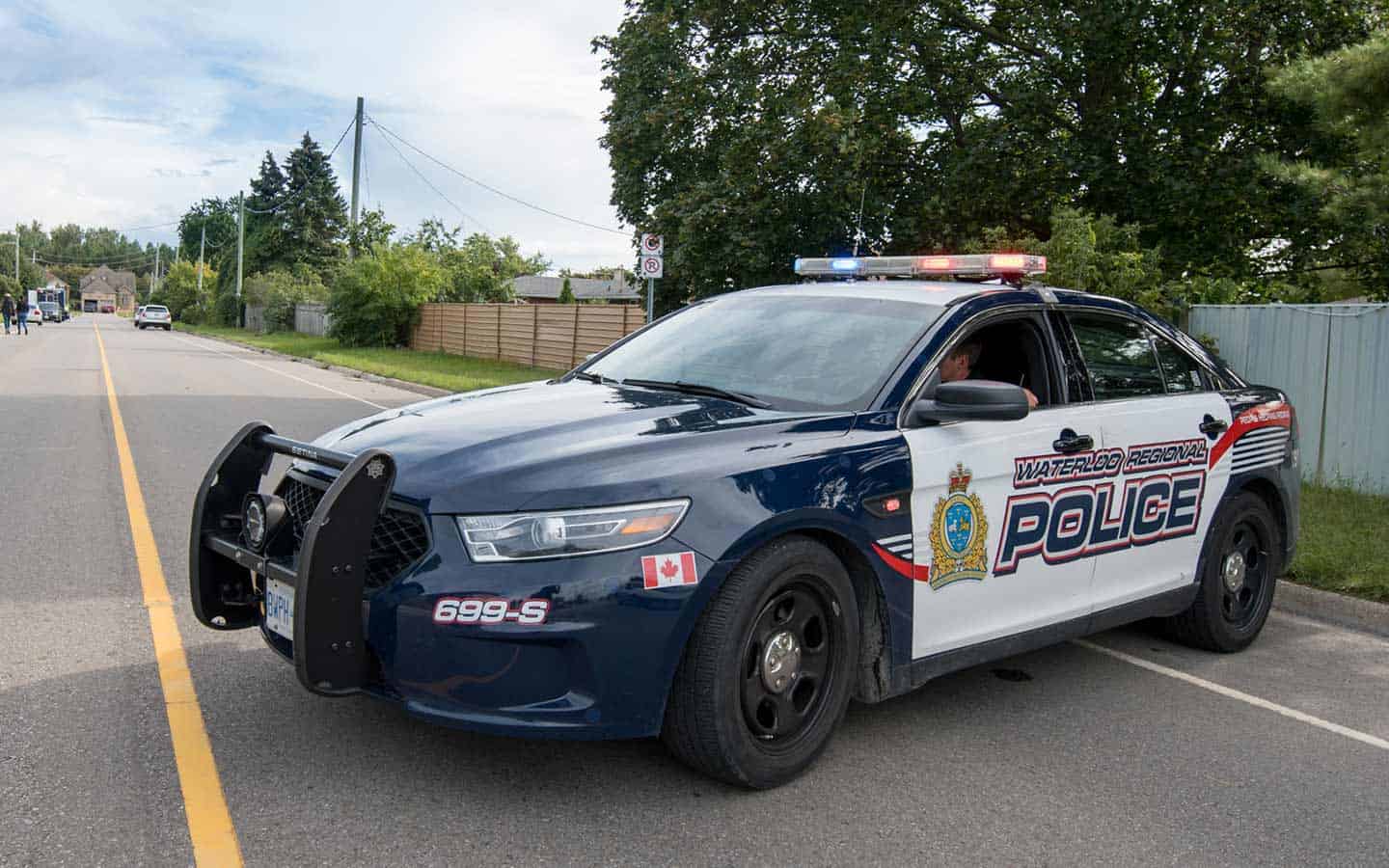The groundwater is getting saltier, the result of efforts to keep our roads and sidewalks clear of ice. That’s a particular problem for Waterloo Region, which depends on aquifers for much of its drinking water.
Those municipal aquifers are seeing increasing levels of saltiness, says Eric Hodgins, the region’s manager of hydrogeology and water programs. Some 130 wells provide us with water, with 80 of those located in high traffic areas.
“We are seeing salt levels, which is both sodium and chloride, the components of salt, increasing pretty much in all of our municipal drinking water supply wells. About 25 of the 80 wells serving the primary areas of Kitchener Waterloo, Cambridge, Wilmot, then up until Elmira as well have levels of salt that exceed the aesthetic threshold established by the province, which means that it could start to taste salty. The salt travels exactly the same speed as the water itself and it’s completely dissolved in the water. So, once it’s put in the ground, it’s into the environment and there’s no treatment that is even close to being cost-effective,” said Hodgins.
Halting that trend is a challenge, as salt is the de-icer of choice for municipalities looking to keep roads clear through the winter, as well as private businesses keeping the likes of parking lots and walkways safe. Many may be overusing the product to avoid the liabilities associated with falls and collisions due to ice.
“We’d like to see a reduction in the amount of that salt being put down through the use of best-management practices. So, for the region’s and the townships’ and the city’s transportation agencies, that’s usually in the form of improved technology. Pre-wetting the salt as it comes out of the back of the trucks helps it stick to the ground better so that it stays on the road as opposed to flying off on to the boulevards or into the adjacent lands, or automatic vehicle control systems which will help coordinate where or understand and can regulate the amount of salt being put down on the roads. Unfortunately, in the parking lots, there’s less ability to do that. Because they’re maintained by private operators servicing that business or that institution that wants the parking lots maintained to protect the safety of the workers and people coming onto their properties, that technology is just not at the same level and is not seen as viable for mitigating the liability of not putting salt on the ground. So, in the private sector, we see a lot of over-application.”
With municipalities not wanting to assume liabilities themselves, Hodgins said they are reluctant to set a guideline for how much salt to apply in private sectors.
“We have one tool that we can use under the Clean Water Act – we can require salt management plans and risk management plans for companies close to our supply wells. We can require them to use certified contractors and can put some measures in place. But we can’t specify specifically how much salt to apply down because otherwise we start to assume some of the liability.”
Residents have their part to play in avoiding over-salting driveways and sidewalks nearby, a quarter of a cup of salt for a slab of sidewalk will do. Clearing all the snow away before applying as well as letting the salt melt before applying more is also a good practice, said Hodgins. Alternatives like sand can also help with keeping groundwater clean.
“You have to get rid of the snow because you really need to get down to that bare level and then you can use just that minimal amount of salt, which would be about a quarter cup per slab of concrete sidewalk and that will be enough to break the bond of the ice that may be forming on that surface. The way salt works is, it’s not the rock crystals themselves that cause the melting, the rock has to melt in the form of liquid and then that is what gets underneath that ice bond and the bond on the sidewalk or the road.”
When the weather hits minus-10 or below, salt often won’t melt or dissolve anymore. Residents can use sand to help when this happens. Many cities avoid using sand because it creates a dust that effects people’s breathing; a small amount for sidewalks won’t do the same, noted Hodgins.
“It’s unfortunate that there’s very little that we can do to actually change the current trends because the liability hurdle prevents us from being able to start telling people how to put the salt down. All we can do is sort of work around the edges with these best-management practices. Some are willing to implement those,” he said. “It’s not a health concern with it. It’s specifically just that taste issue.”









